Who can tell the dancer from the dance?
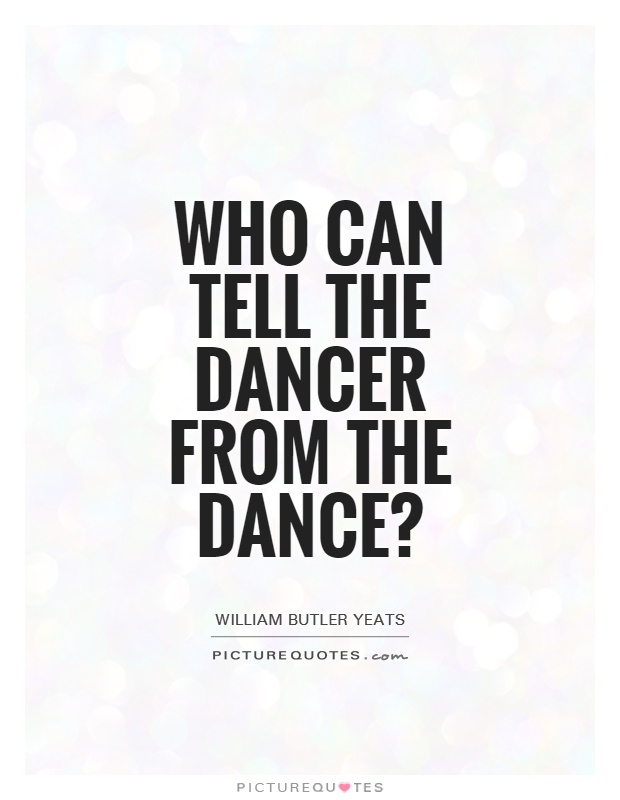
Who can tell the dancer from the dance?
In the poem "Among School Children" by William Butler Yeats, the line "Who can tell the dancer from the dance?" is a profound and thought-provoking question that delves into the complex relationship between the artist and their art. This line encapsulates the idea that the artist and their creation are inseparable, that the dancer is defined by the dance they perform.Yeats was a poet who often explored themes of identity, self-discovery, and the interconnectedness of the individual with the world around them. In this particular line, he seems to be questioning the nature of artistic expression and the role of the artist in creating their work. Is the dancer merely a vessel for the dance, or does the dance emerge from the dancer's unique essence and experiences?
One interpretation of this line is that the artist's identity is intertwined with their art, that they are inextricably linked to their creative output. The dance is a reflection of the dancer's innermost thoughts, emotions, and experiences, and through their art, they reveal a part of themselves to the world. In this sense, the dancer and the dance are one and the same, each informing and shaping the other.
On a deeper level, this line can also be seen as a meditation on the nature of existence and the interconnectedness of all things. Just as the dancer cannot be separated from the dance, so too are we all connected to the world around us in ways that are both seen and unseen. Our actions, thoughts, and emotions ripple out into the world, shaping our reality and influencing those around us.
Ultimately, "Who can tell the dancer from the dance?" challenges us to consider the ways in which we are both creators and creations, constantly evolving and changing in response to the world around us. It reminds us that our identities are not fixed or static, but fluid and ever-changing, shaped by the experiences and relationships that define us.

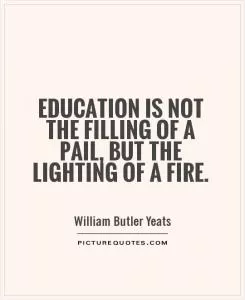
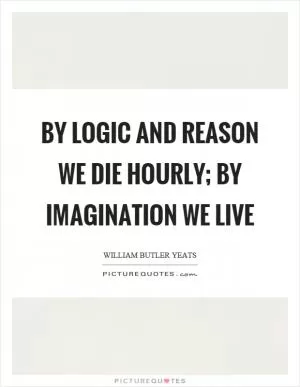
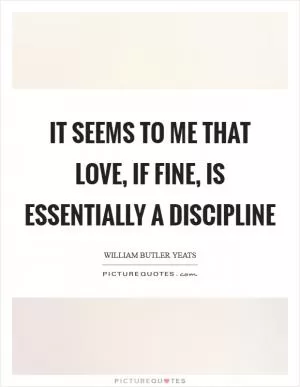

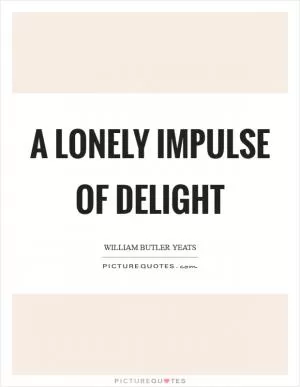
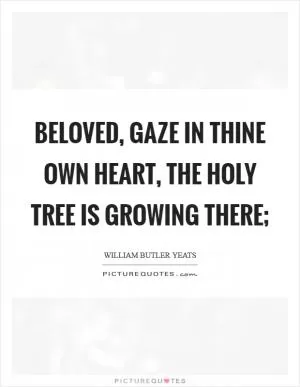
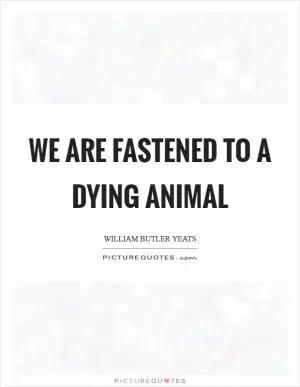

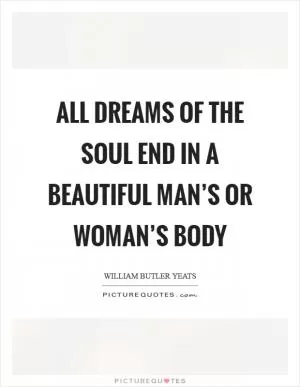

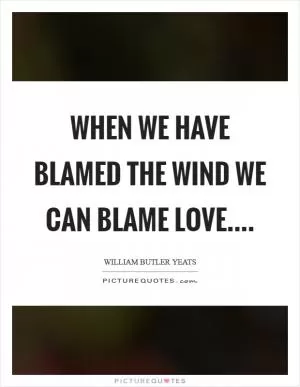
 Friendship Quotes
Friendship Quotes Love Quotes
Love Quotes Life Quotes
Life Quotes Funny Quotes
Funny Quotes Motivational Quotes
Motivational Quotes Inspirational Quotes
Inspirational Quotes